SR-71 Blackbird: Lockheed’s Ultimate Spy Plane
 by David Doyle
by David Doyle
“Today, more than sixty years after the first flight of an aircraft of this series, multiple flight records set by the series still stand. Although in the latter year of their service, many of their systems, analog as they were, seemed antiquated, the aircraft still performed as ‘advertised.’”
Spectacular and unmatched as its performance was, the Blackbird had a short service life because it became simply too costly to operate it and its unique and complex support equipment. Piles of books have been written about it, overing everything from what button to push when, to tech geekery re. the plethora of specially invented new materials, to long-classified sorties, to (no joke) erotic “art.” Even if you already have much of the important Blackbird books on your shelf, you’ll still want to make room for this one because its claim to fame is not novelty (i.e. new material) but convenience in the sense of easy access to a panoply of photos from each phase of its development and use. Being small in size the book is easy to grab along with whatever other book you are reading for deep detail, and chances are it’ll show you things that may well have been published before but not in one place. In other words, this little book very usefully supplements others but it is also a good stand-alone primer for anyone just browsing a new topic.
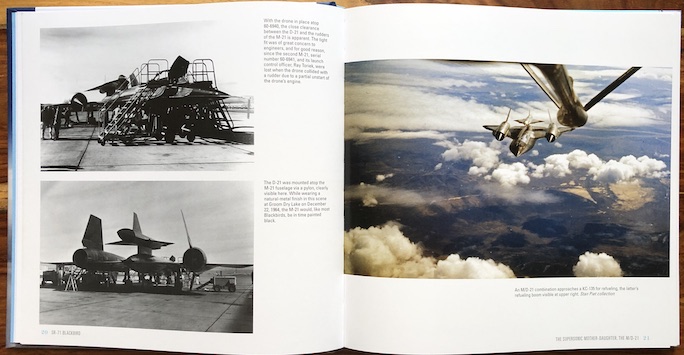
Something you don’t see often (right page), an M/D combo approaching a tanker. The “D” refers to the unmanned supersonic reconnaissance drone, very nicely visible on bottom left.
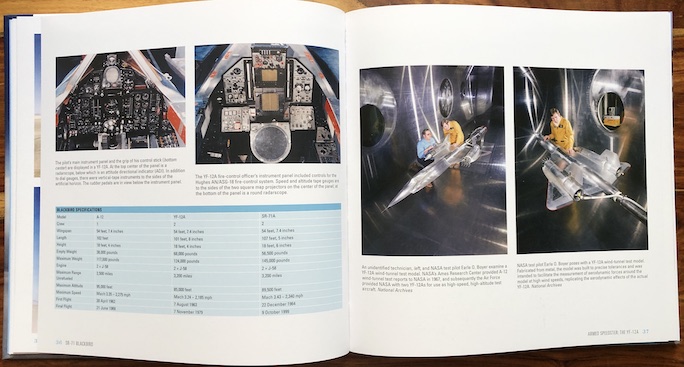
There are several tables dispensing data such as serial numbers, flight records and here, basic specs.
The tack this book takes is predetermined by being part of a relentlessly growing series known as LOW, Legends of Warfare, published by Schiffer Publishing. All books are 9-inch square, 112–144 pages long, hardcover, dripping with photos and the occasional piece of line art. Text is minimal but entirely on point, and the photos have uncommonly detailed captions. Another thing that is low about the books is their price, a mere $24.95 for this one, number 61 in the Aviation line-up (Doyle also has LOWs about military ground vehicles, ships etc.).
 Doyle covers the A-12, YF-12, and SR-71 models and their variants. Each of the 5 chapters has a 2-page opener of mostly text highlighting relevant historical waypoints. The bulk of the subsequent coverage is in the form of photos. Doyle started in restoration-related activities so he has a clear eye for orienting the viewer, meaning he will always call out if you’re seeing something from the left or the right, front or rear. In some of the super-closeups this is eminently useful, and often it takes the form of a walk-around. If nothing else, it shows that Doyle is looking out for the reader.
Doyle covers the A-12, YF-12, and SR-71 models and their variants. Each of the 5 chapters has a 2-page opener of mostly text highlighting relevant historical waypoints. The bulk of the subsequent coverage is in the form of photos. Doyle started in restoration-related activities so he has a clear eye for orienting the viewer, meaning he will always call out if you’re seeing something from the left or the right, front or rear. In some of the super-closeups this is eminently useful, and often it takes the form of a walk-around. If nothing else, it shows that Doyle is looking out for the reader.
But there is an inevitable limit to a how deep a photo-heavy/text-light book can drill. For instance, there are pages of engine intake spikes and bypass doors/louvers in various positions but no reference how that relates to a dreaded and potentially catastrophic Blackbird behavior: engine unstarts. But, see above, that’s what the Big Books are for.
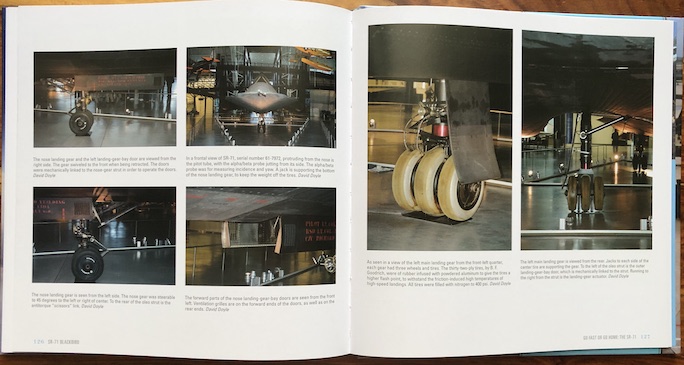
Wheels/tires may not be sexy tech but if you know your Blackbird facts you know why these are.

Not enough detail to learn how to fly one (there are dedicated books about that, too!) but enough to help you fly along as you read other books.
The book is also available from Doyle directly which probably puts a few more pennies into his pocket. Besides, he also deals in books so you’ll want to know his web-shop anyway. Moreover, he and his wife have taken on outsize roles in keeping specialty publishing going (such as taking over Ampersand Group when that shuttered) and deserve every support!
Copyright 2023, Sabu Advani (speedreaders.info)


 RSS Feed - Comments
RSS Feed - Comments







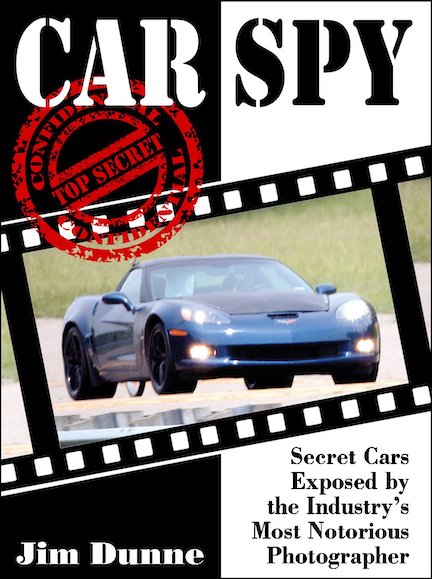
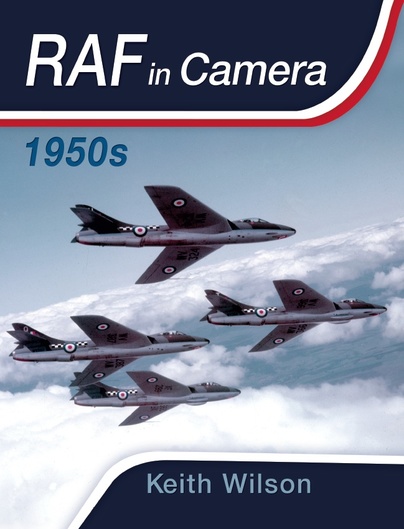
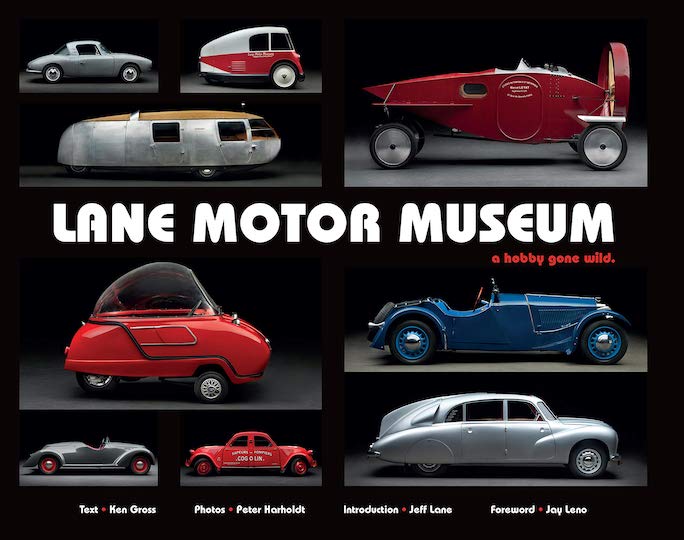




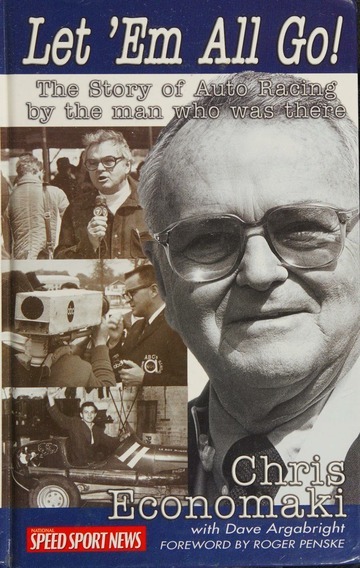
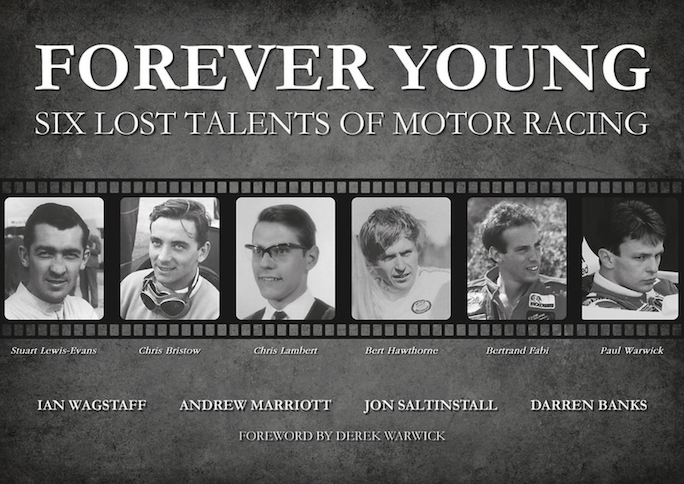

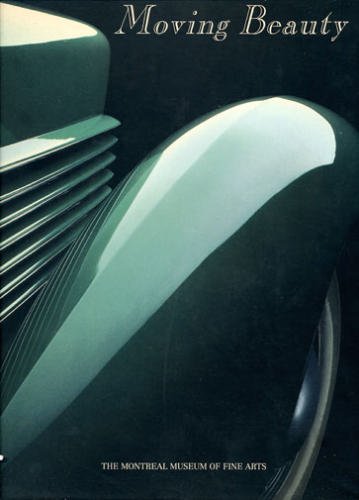








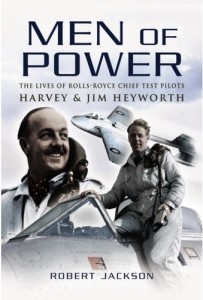
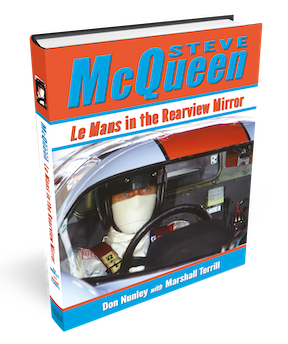







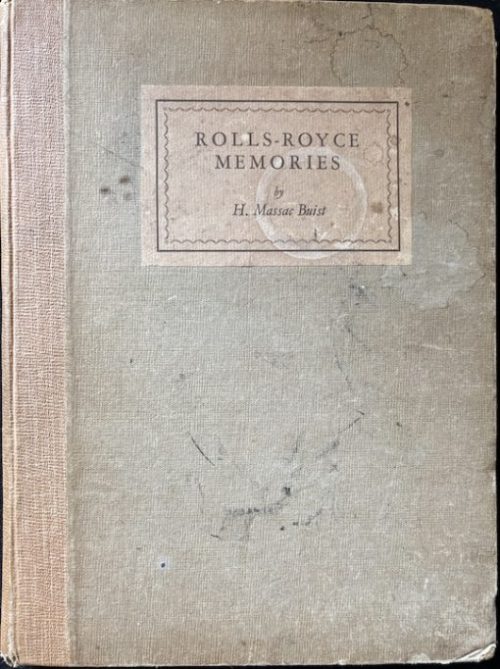
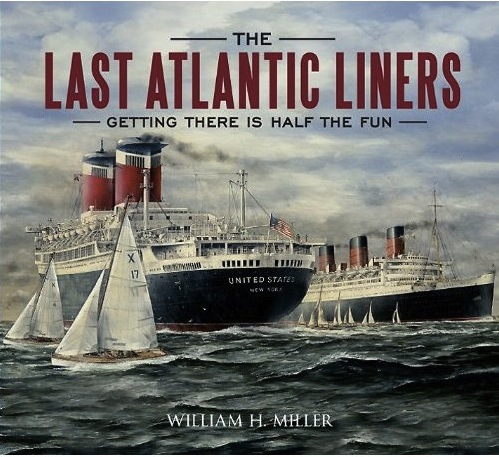



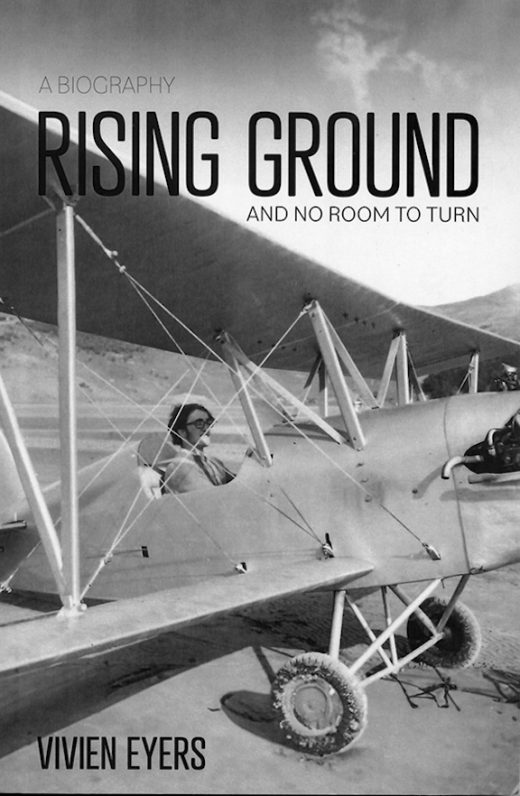
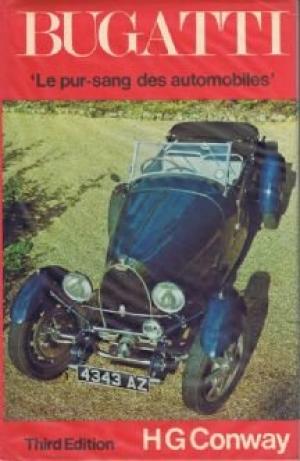






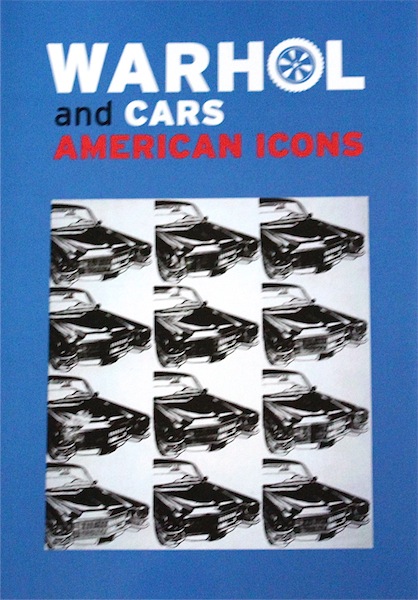




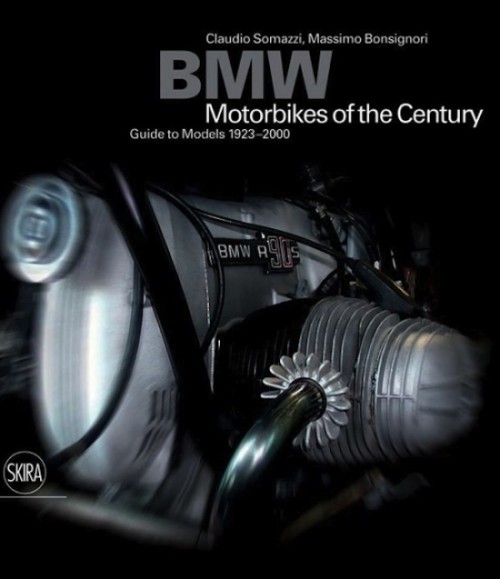
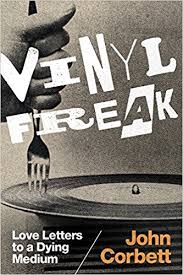












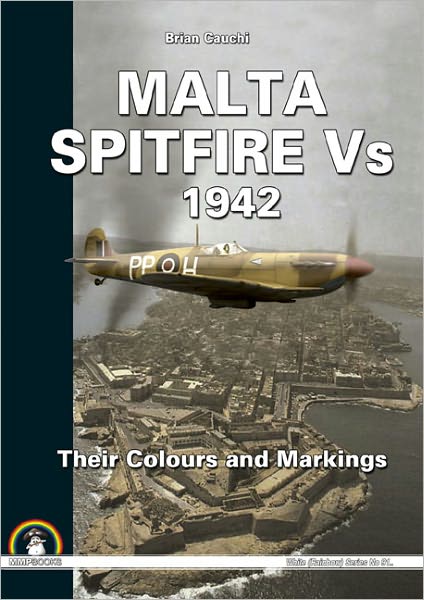


 Phone / Mail / Email
Phone / Mail / Email RSS Feed
RSS Feed Facebook
Facebook Twitter
Twitter